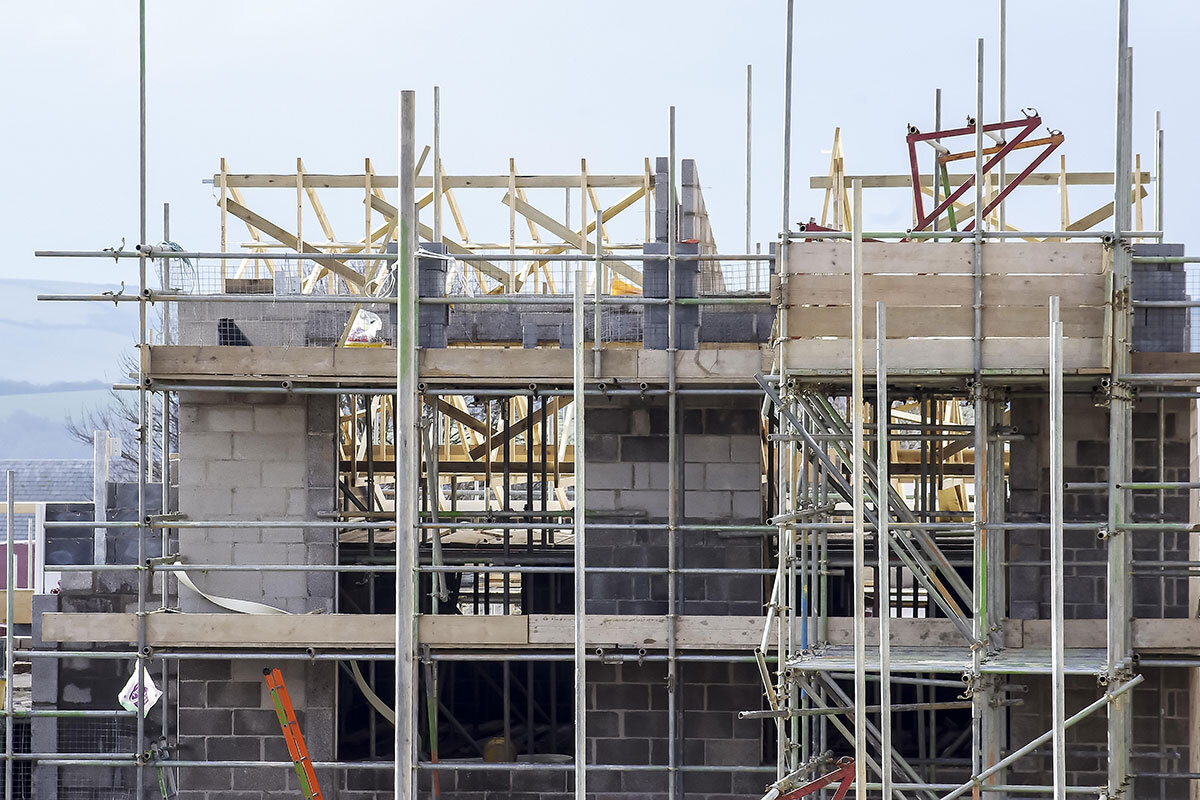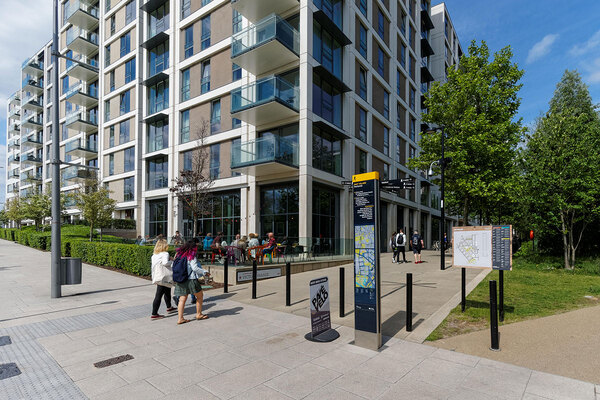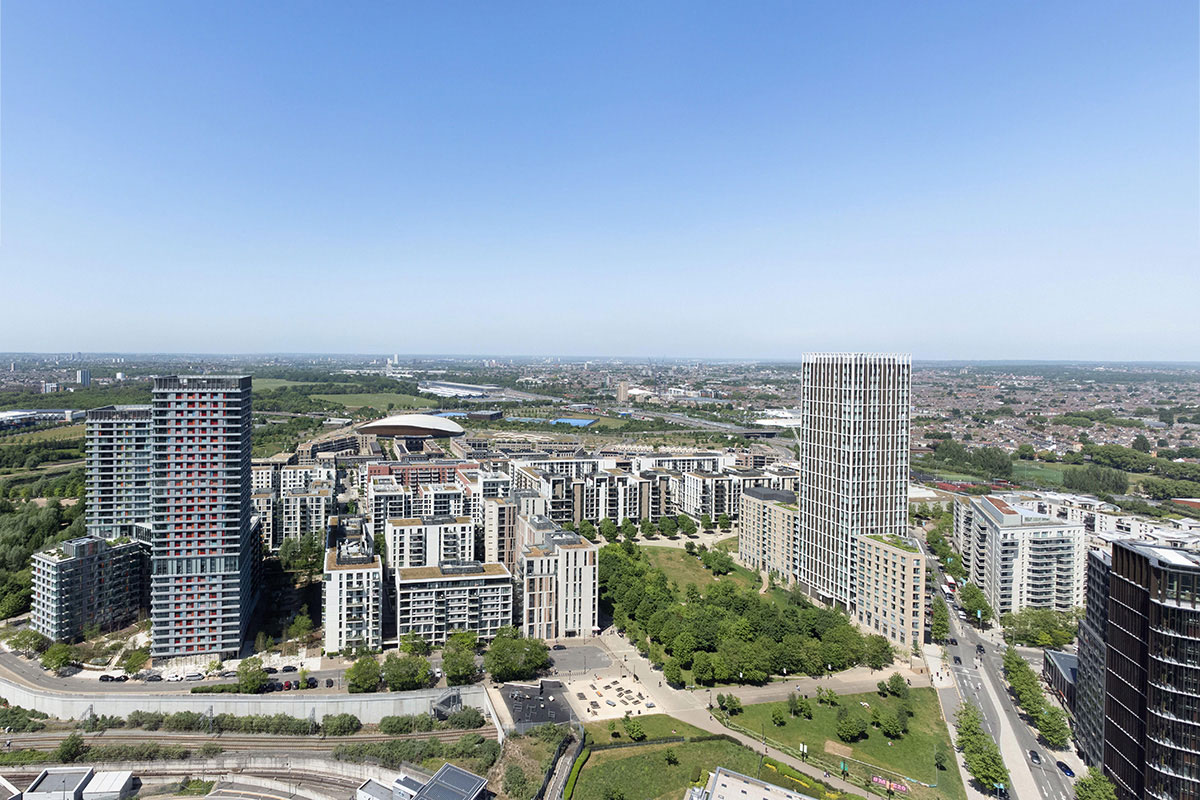You are viewing 1 of your 1 free articles
BSA changes not being reflected in all new design and build contracts, experts warn
New obligations set out under the Building Safety Act (BSA) are not being included in all new build contracts, which could leave organisations open to risk and sites being delayed.
The warning comes as Inside Housing spoke to a number of industry experts about the changes in the BSA and that this could lead to developments being delayed when there is a need to ramp up housebuilding during the current crisis.
Experts believe part of the reason for this is because of the allocation of risk, and who might be responsible for fixing and paying for any safety defects is still being played out in court, as well as the need for clarity in other areas.
Just last week, the government was accused of “foot-dragging” in failing to clarify new rules on second staircases after figures suggested that at least 38,000 new homes in London have been affected by the delay.
An initial government consultation on the need for second staircases in buildings taller than 30 metres was launched in late 2022, but last summer this was changed to blocks taller than 18 metres.
However, the technical details on what will be required have yet to be published.
Charis Beverton, a partner at Winckworth Sherwood, said: “Risk allocation relating to the Building Safety Act has not been settled in the courts or contracts.
“The ongoing uncertainty about where obligations will land, and the effect of a raft of new court decisions, secondary legislation and guidance compounds, problems in drafting appropriate and fair wording.
“Standards forms will be updated in 2024-25 to assist the market, but many live projects, particularly those that are hoping to fall within the transitional arrangements, will have to take a leap of faith relying on bespoke provisions that are neither tried nor tested.”
At the same time, Inside Housing revealed last month that the owner of London’s Olympic Park had appealed a tribunal ruling that left the firm with an £18m fire safety bill.
Get Living, the parent company of Stratford Village Development Partnership, lodged its plea with the first-tier tribunal. A decision will be made by the tribunal on whether to grant the appeal within the next four weeks.
The build-to-rent firm said the original decision to make it liable for repair costs “that it had no role in design or developing” was “fundamentally flawed”.
Chris Doran, a partner at national law firm Weightmans, said: “The BSA means a fundamental change in the way new build projects are planned, designed and managed. The main thrust of the changes implemented by the new statutory and regulatory regime, however, have yet to be reflected in the contracts these developments are underpinned by.
“The BSA requires dutyholders to collaborate during the design and construction process. The past practice of some employers to commence projects before all relevant designers have been appointed is no longer acceptable.
“As noted by several trade associations this practice not only risks defects in design but runs the risk of the Building Safety Regulator refusing to allow a project to progress between gateways.
“Herein lies the issue: individual contracts aren’t, in all cases, fully reflecting these new dutyholder obligations and the new culture of collaboration and transparency.”
Mr Doran explained that some lawyers are tackling the issues by insisting on bespoke amendments to contracts, but this is not happening across the board and will leave a number of dutyholders – including principal designers – exposed to risk.
He added: “In addition to risk, Dame Judith Hackitt highlighted that the pace at which the industry is adopting the new methods of working required may also result in project delays, in the BSR’s approval process, as they progress through gateways and bottle necks. This, in turn, may result in delays to projects more broadly as the BSR faces increased workloads.”
Mr Doran’s concern about the Building Safety Regulator comes after the head of the organisation that represents council building control inspectors welcomed a deadline extension for registration for a new post-Grenfell system.
Lorna Stimpson, chief of executive of Local Authority Building Control, commented after the deadline to get inspectors certified under the new scheme, which had been 6 April, was extended by 13 weeks last week.
Asif Patel, a partner at Devonshires, said: “It is important for those entering into any kind of new construction contract – whether it be in a design and build or traditional basis – to ensure that it adequately provides for the Building Safety Act obligations.
“For buildings equal to or over seven storeys or 18m in height, the contract will have to take into account the production and management of information during the construction phase (for the golden thread among other things).
“The contracts will also have to deal with the gateway processes at the relevant stages of the procurement process, the possibility of material changes and the proper allocation of risk for any delays that may arise due to the Building Safety Regulator in the exercise of its duties.
“All construction contracts for new build works (no matter the height of the building) will now have to deal with the new duty holder regime contained within the recent amendments to the building regulations and parties to a construction contract will have to be aware and have demonstrably complied with the new competence requirements.
“While we are expecting amended suites to standard JCT [Joint Contracts Tribunal] forms of contract shortly, the changes introduced by the BSA and associated statute and regulations must be dealt with now.”
Sign up for our fire safety newsletter
Already have an account? Click here to manage your newsletters












